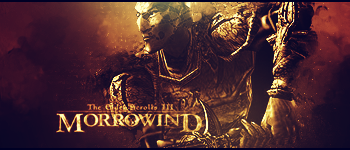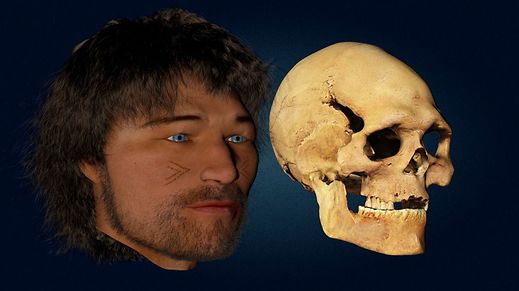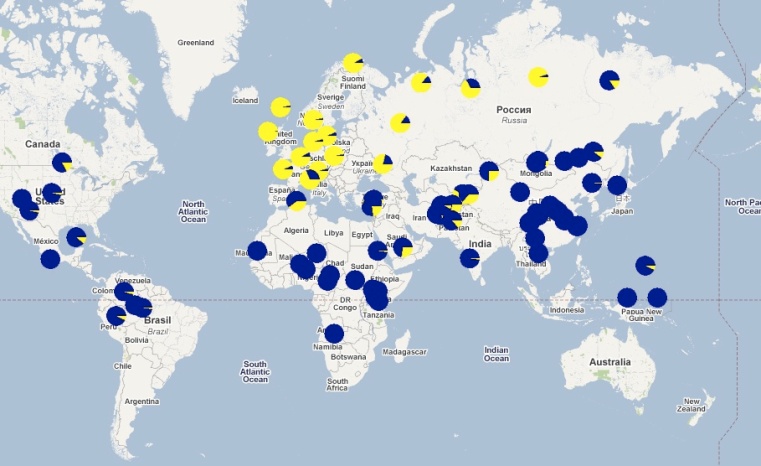Studies on ancient DNA published over the past few years have shed considerable light on European prehistory. I'm about to post one of them, and point out some aspects I find interesting, but I don't see any reason to limit the thread to prehistory since these developments also change how we have to interpret ancient DNA from historical periods as well.
Ancient DNA Reveals Key Stages in the Formation of Central European Mitochondrial Genetic Diversity (Brandt, Haak et al.)
Some of you may be familiar with the various material cultures of prehistoric Europe illustrated here:Abstract: The processes that shaped modern European mitochondrial DNA (mtDNA) variation remain unclear. The initial peopling by Palaeolithic hunter-gatherers ~42,000 years ago and the immigration of Neolithic farmers into Europe ~8000 years ago appear to have played important roles but do not explain present-day mtDNA diversity. We generated mtDNA profiles of 364 individuals from prehistoric cultures in Central Europe to perform a chronological study, spanning the Early Neolithic to the Early Bronze Age (5500 to 1550 calibrated years before the common era). We used this transect through time to identify four marked shifts in genetic composition during the Neolithic period, revealing a key role for Late Neolithic cultures in shaping modern Central European genetic diversity.
There has been a lot of debate in archaeology regarding how much can be inferred from material culture. Does material culture reflect identity, and if so, how fluid is this identity anyway, does it reflect decent, assimilation, or borrowing, and to what extent? This study finds a pretty solid correlation between mtDNA lineages and migrations evidenced by material culture.Spoiler Alert, click show to read:
Here are the mtDNA lineages associated with each of the migrations and their relative occurrence in ancient populations (based on current data):
The process by which Europe adopted agriculture seems to have largely been one of demographic replacement, as farmers from the Near East replaced Mesolithic hunter-gatherers. In this case, we're talking about mtDNA lineages which are matrilineal. This is significant because generally speaking Y-DNA lineages are more fluid as lineages of male conquerors who establish themselves as a ruling class displace native lineages to some extent as they monopolize females at the expense of local males. For example, Mexican mtDNA lineages are about 90% native, whereas Y-DNA lineages are 65% European and only 30% native. This Neolithic replacement is also supported by autosomal DNA. There is no living European population today which is particularly similar to the original inhabitants of Europe. Interestingly there is a resurgence of some of the Mesolithic lineages of in the late Middle Neolithic. This could represent an integration of some hunter-gather holdouts into settled farming society (see below).Spoiler Alert, click show to read:
Here is a video synthesizing the study's finds with migrations implied by material culture:
On a related note:
2000 Years of Parallel Societies in Stone Age Central Europe (Bollongino et al.)
A summery of the original cultural groupings of each lineage:Abstract: Debate on the ancestry of Europeans centers on the interplay between Mesolithic foragers and Neolithic farmers. Foragers are generally believed to have disappeared shortly after the arrival of agriculture. To investigate the relation between foragers and farmers, we examined Mesolithic and Neolithic samples from the Blätterhöhle site. Mesolithic mitochondrial DNA sequences were typical of European foragers, whereas the Neolithic sample included additional lineages that are associated with early farmers. However, isotope analyses separate the Neolithic sample into two groups: one with an agriculturalist diet and one with a forager and freshwater fish diet, the latter carrying mitochondrial DNA sequences typical of Mesolithic hunter-gatherers. This indicates that the descendants of Mesolithic people maintained a foraging lifestyle in Central Europe for more than 2000 years after the arrival of farming societies.
mtDNA haplogroups associated with Mesolithic hunter-gathers: U, U4, U5, U8
mtDNA haplogroups associated with Neolithic farmers from the Middle-East: N1a, T2, K, J, HV, V, W, X
mtDNA haplogroups associated with the Corded Ware Culture: I, U2, T1, R
mtDNA haplogroup H first appeared associated with the Bell Beaker Culture and seems to have originated in Iberia, it is downstream of HV.
On a side note, at least some of the Indo-European languages likely arrived with the Corded Ware culture.
EDIT: I'll post more studies when I have a chance. Feel free to add studies you've come across, ask questions, or pose relevant speculations.
EDIT2: Here is a plot of some ancient autosomal DNA (mostly from Scandinavia) compared to modern populations:
This is from Skoglund, Pontus, et al. I've included it to back up my assertion that there are no modern populations similar to Mesolithic hunter-gatherers, although you can see who is closest. Note the similarity between Neolithic Scandinavian farmers and Basques.Spoiler Alert, click show to read:





















 Reply With Quote
Reply With Quote























